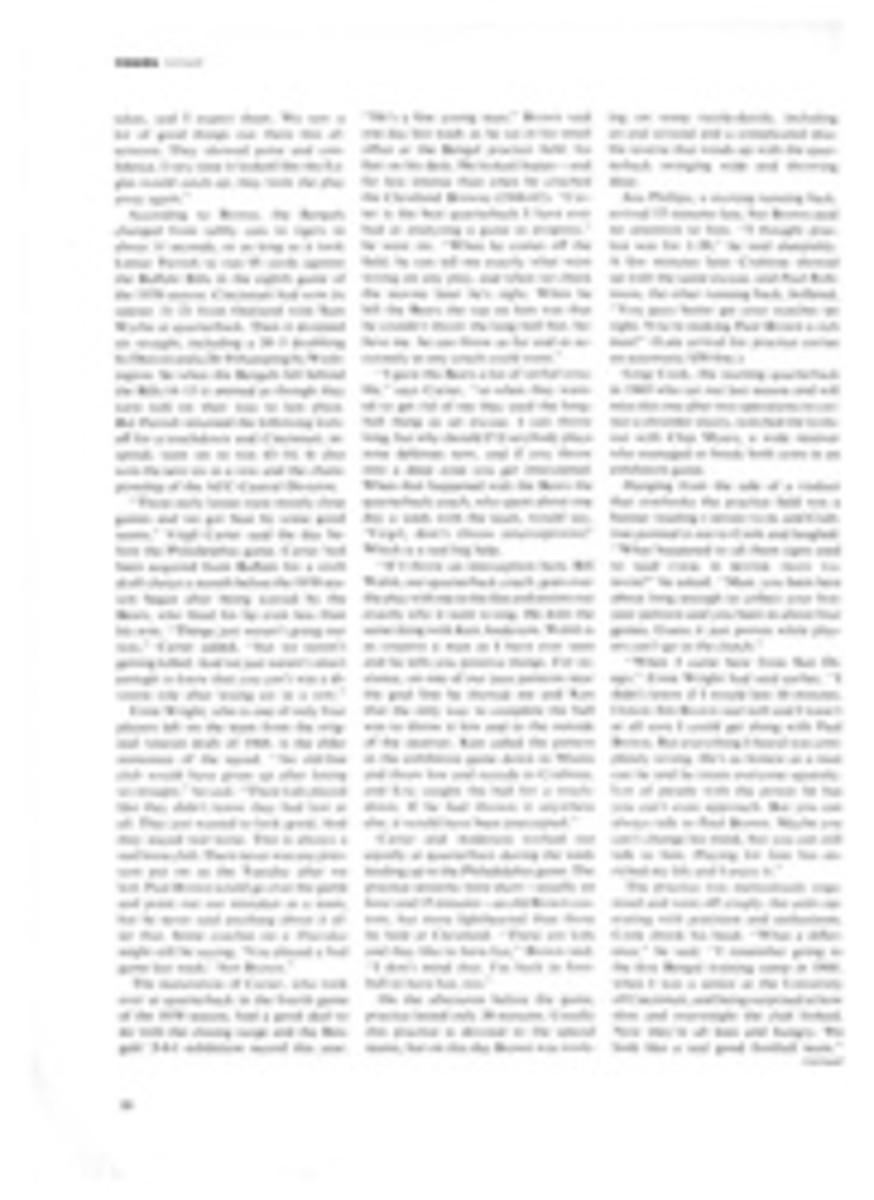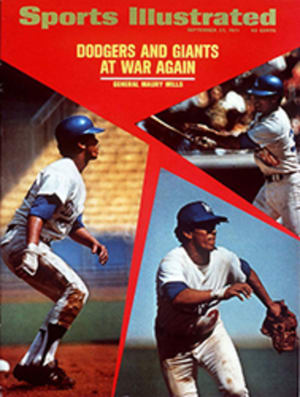
Closing up the longest Open
The absence of many ranking foreign players made Forest Hills a wide-open Open this year, and the rain made it one that looked as if it would never close. But on the 15th day, with Chris Evert long gone home and the sun out at last, Stan Smith won the men's title, Billie Jean King the women's and the U.S. was its own master for the first time since 1955.
In the particular instance of Pfc. Stanley R. Smith, a $149.10-a-month member of Today's Army, it was a case of making the tennis world a little safer for democracy. Smith's victory came over an Iron Curtain underdog, Jan Kodes of Czechoslovakia, who had eliminated top-seeded John Newcombe on the first day and proceeded to dumfound detractors with a string of victories that propelled him into the finals.
That Kodes came so close to winning is a credit to his sudden ability to shift his recognized clay-court talents onto grass, normally a difficult transition. In the past two years, on clay, he has won two French Open titles and twice been runner-up in the Italian Open. Kodes had beaten Smith in three of five previous meetings, but until Forest Hills they had never met on grass. The competitive Czech, whose determination and confidence grew with each Forest Hills match, won the first set against Smith 6-3. "That's when I changed my tactics," said Smith later. "He was knocking my serve off right and left. It didn't make any difference where I hit it, so I decided to serve slower and hop the ball." Smith won the next two sets 6-3, 6-2 and the last 7-6 by capturing his fifth straight sudden-death tie breaker of the tournament.
Smith's courtside manner is generally restrained, but at the moment of his biggest victory he allowed himself something more than the heavy sigh of relief that often characterizes his successes. He launched his 6'4" frame high into the air, let his racket fly and rushed to congratulate Kodes.
With a two-star general sitting in the VIP gallery, the Pfc.'s win must have been especially gratifying. And now Smith's reputation as America's leading player, supported by the fact that he reached the Wimbledon finals, is secure.
Smith's commitment to the Army is an unusual one—certainly unregimented. It lasts until December 1972, but it allows him to play tennis all over the world. Rather than discuss assertions that he may or may not be forfeiting some of his prize money—a stipulation the Army has put on him—Stan prefers to recall a barracks tune: "I really like the Army /The pay is mighty fine They give you 100 dollars And take back 99."
Smith's next major duty assignment is the Davis Cup finals against Rumania in Charlotte, N.C. Oct. 8-10. With Arthur Ashe no longer eligible and Cliff Richey playing so poorly that he probably will not make the team. Smith's singles burden is especially great. His likely doubles partner, Erik Van Dillen, is not yet the equal of Bob Lutz, who teamed with Smith to amass a perfect record in six Davis Cup matches.
"I think Erik and I have made good progress," Smith said last week, "but I do try to encourage him." The sixth-seeded pair reached the finals against Newcombe and Roger Taylor of Great Britain. After four sets were split, darkness necessitated a nine-point tie breaker instead of a fifth set and Smith's team lost 5-3.
Van Dillen, a UCLA junior, is well aware of the responsibilities being thrust upon him, and of his position. "If we're a good doubles team," he says, "it's because of Stan."
Smith feels his Forest Hills performance was equal to his one at Wimbledon, where he lost to Newcombe in five sets. After his semifinals match against Tom Okker last week, in which he scored on 16 aces, he judged his serve never better.
With Newcombe an early casualty, Smith really should have won, of course. But he defeated good players in Marty Riessen and Okker and simply overpowered the inspired Kodes. The 24-year-old Californian was once thought too clumsy for even a ball boy's role, and kids at the Los Angeles Tennis Club assiduously avoided him even for a pickup match. Now he is the best and, as late-bloomers go, an inspiration.
ILLUSTRATION

